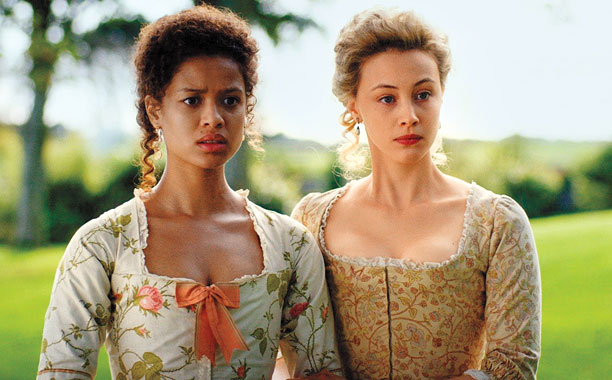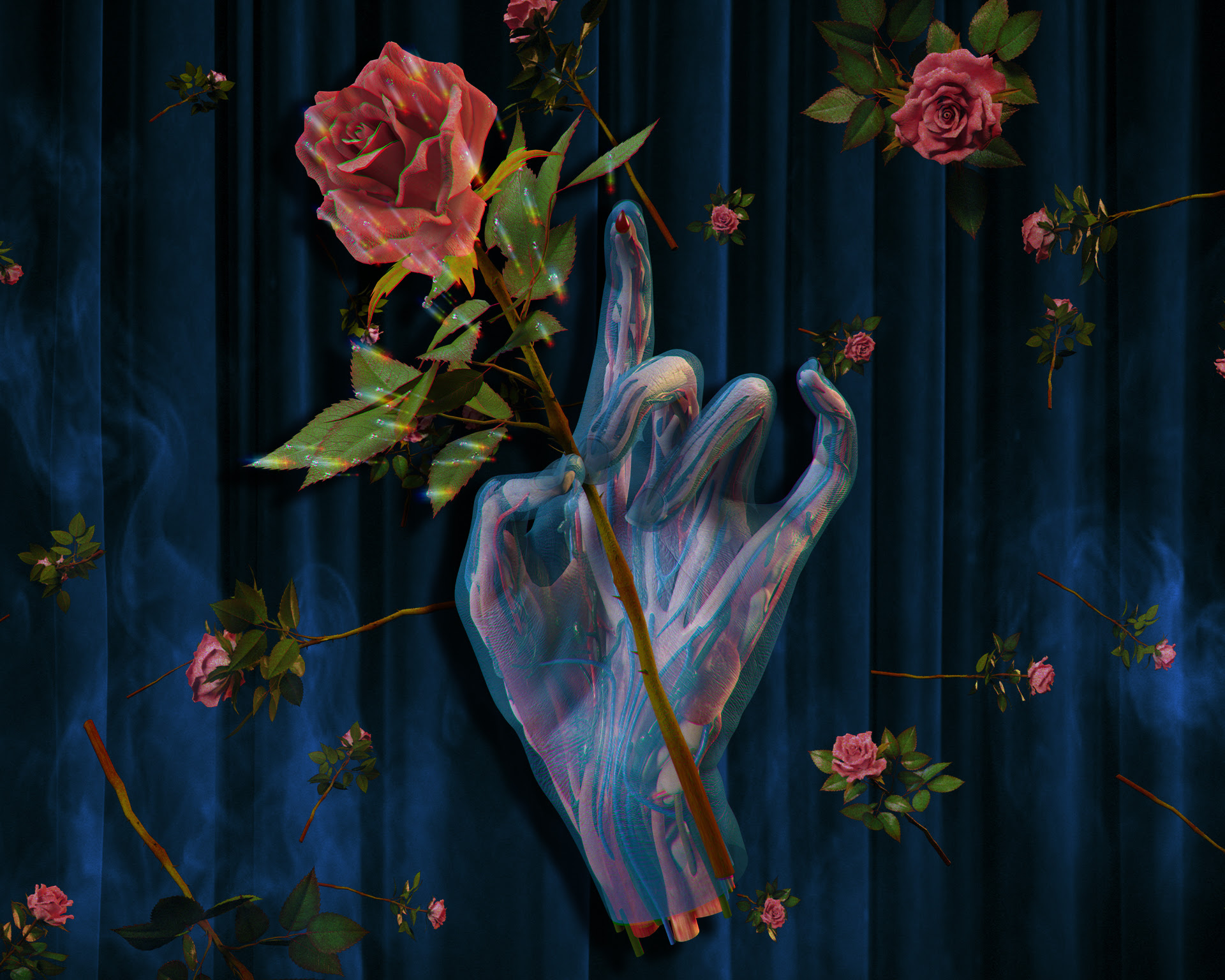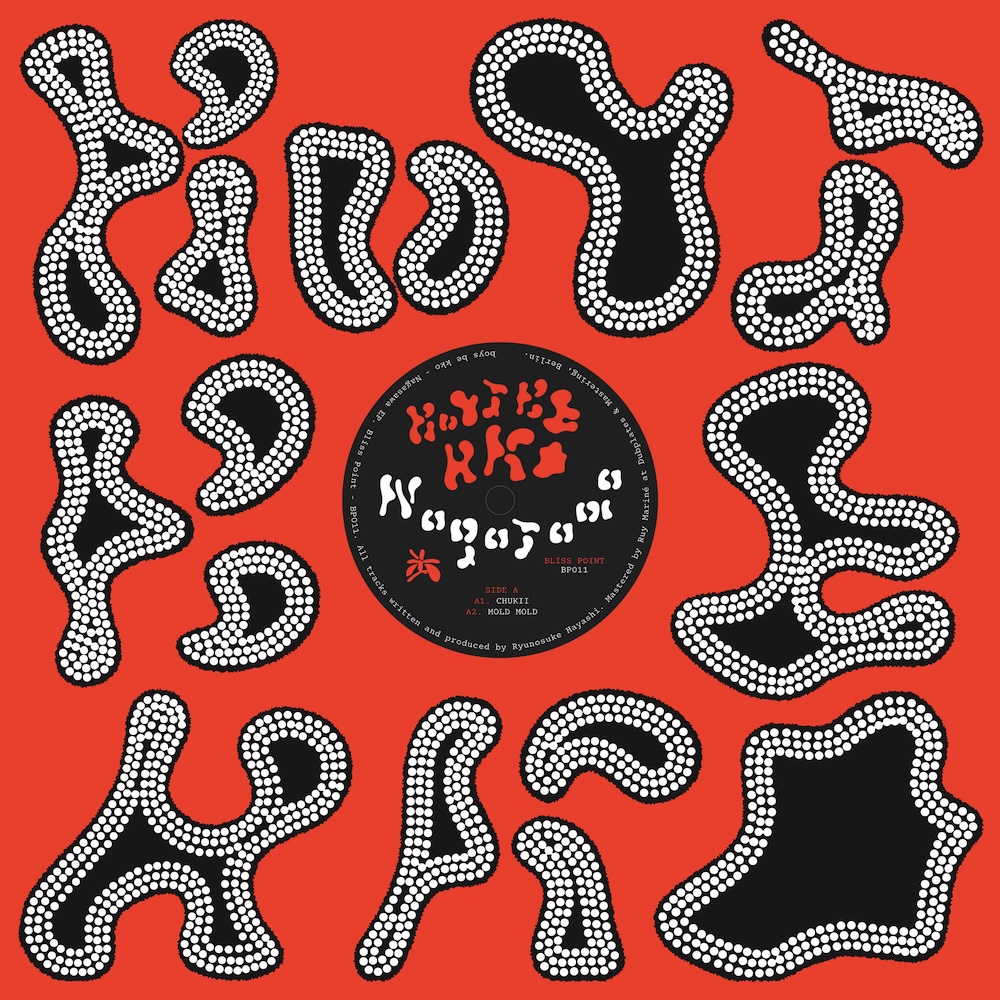Belle

Belle is – to put it crudely – Jane Austen meets Amazing Grace (the film about Wilberforce). And it is of course, Based On A True Story.
Though in this case, it is more like a rather slender skeleton on which the story is hung. This much is true. The Earl of Mansfield was the Lord Chief Justice of England in the late 18th Century. He lived at Kenwood House in Hampstead (at that time a rural setting). He had two great nieces, of whom a painting survives. One was white, one was half black. Elizabeth and Belle were raised together, and were both beautiful. The final piece of true information is that the Earl of Mansfield had to make a crucial legal decision on a case, known as the Zong case, after the ship, which involved 142 slaves being thrown overboard, in order 'to save the ship'. For an article on the true history of Belle read this
Out of this flimsy but intriguing material, Belle has been created. The substance of the film lies in two adjoining areas; on the one hand, Belle is trying to discover how she can find her place in society – having been brought up in an aristocratic family, but being both illegitimate, and, in the eyes of polite society, 'black'', i.e. inferior. The fact that her father has left her a substantial amount of money, both eases and complicates things. And when she falls in love with John Davinier, the son of the local vicar, who wants to be a lawyer, she gets involved in his efforts to influence the decision in the Zong case. It's an interesting and engrossing mixture of fact and fiction, romance and politics and first time director Amma Assante has done an excellent job of pulling it all together. Tom Wilkinson and Emily Watson are the best known names and faces, as the Earl of Mansfield and his wife, who bring up Belle with exemplary love and devotion, although still feeling constrained by her origins. The rest of the cast are mostly unknowns, but Gugu Mbatha-Raw makes a strong and appealing heroine. The film was partly shot at Kenwood itself, and is a pleasure to look at. The unspoken background to late 18th and early 19th century literature was the impact of slavery and the wealth it produced, and it is not before time that this underlying evil was discussed in the cinema.
7/10


















Must Reads
David Holmes – Humanity As An Act Of Resistance in three chapters
As a nation, the Irish have always had a profound relationship with the people of Palestine
Rotterdam – A City which Bounces Back
The Dutch city is in a state of constant revival
Going Remote.
Home swapping as a lifestyle choice
Trending track
Vels d’Èter
Glass Isle
Shop NowDreaming
Timothy Clerkin
Shop Now